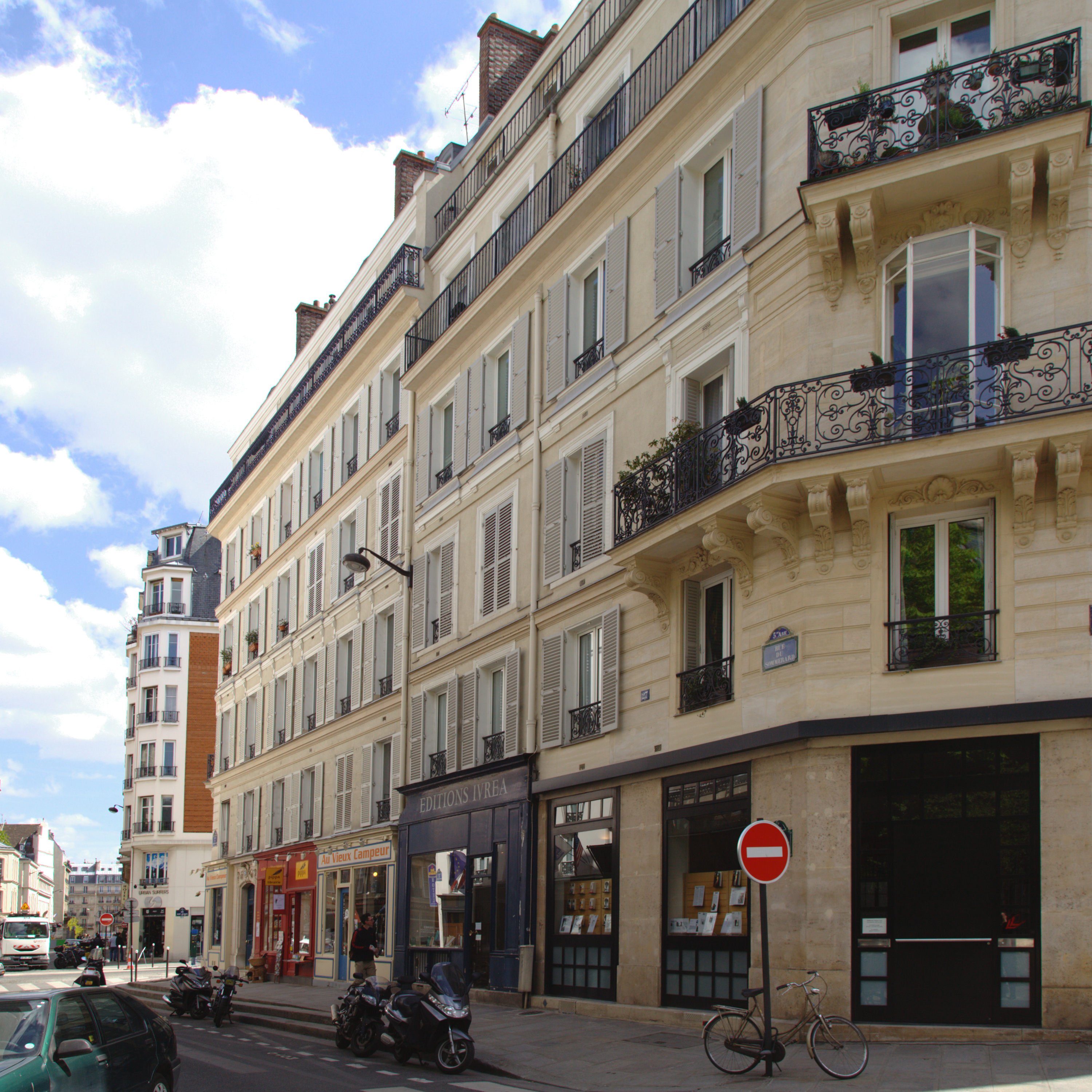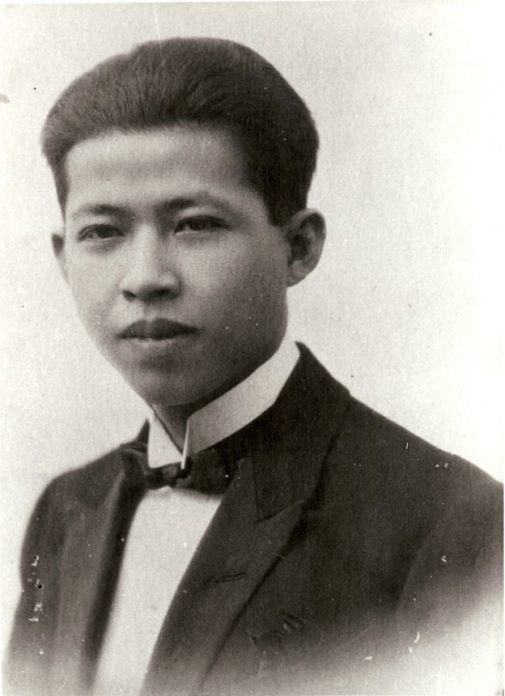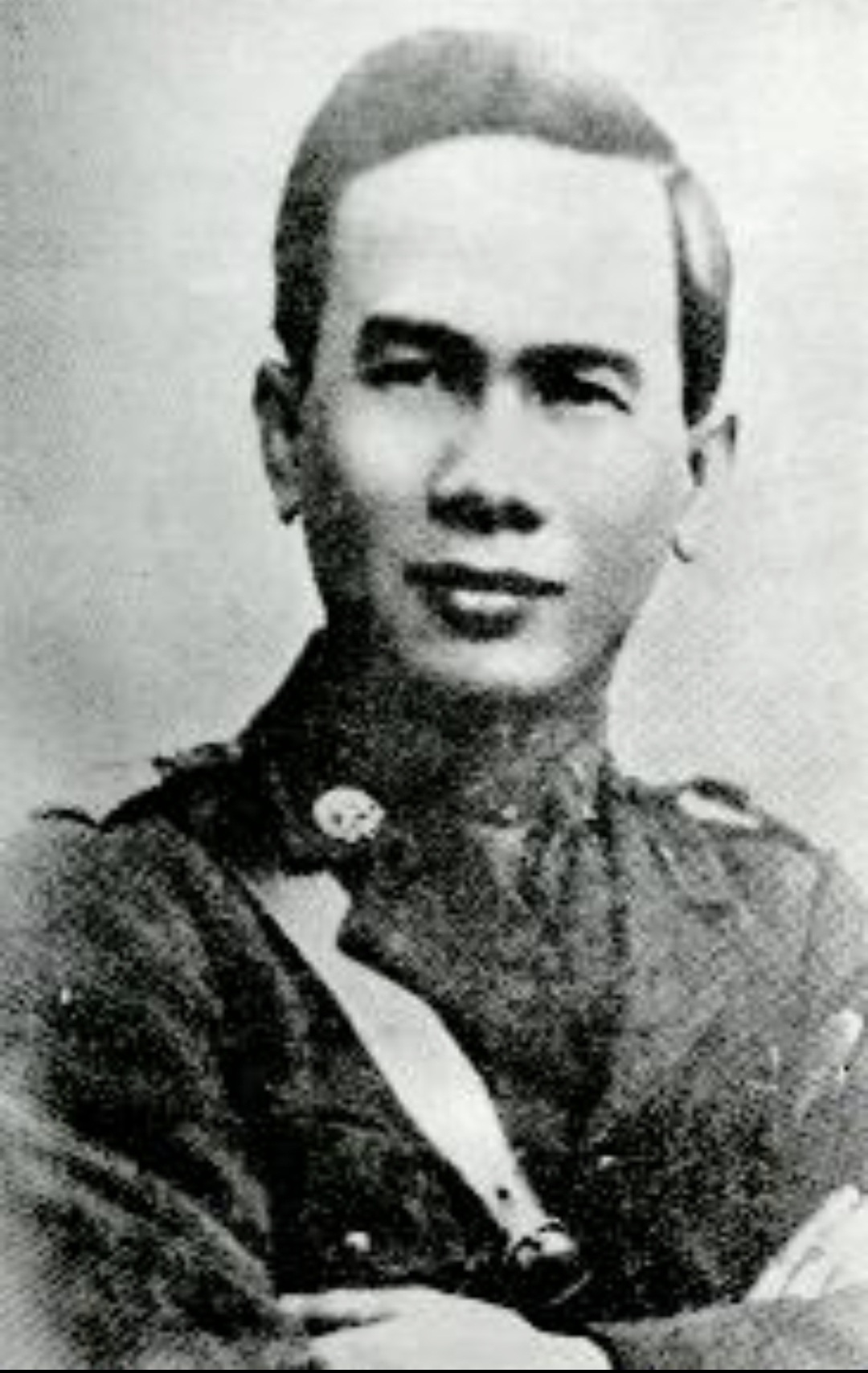|
Phraya Manopakorn Nititada
Phraya Manopakorn Nitithada (, ; 15 July 1884 – 1 October 1948), born Kon Hutasingha (or Hutasingh, , ) and simply known as Phraya Mano, was a Siamese nobleman who served as the first Prime Minister of Thailand, prime minister of Siam after the Siamese Revolution of 1932 as he was selected by the leader of the People's Party (Thailand, 1927), People's Party – the party that instigated the revolution. However, in the following year, Manoparkorn was ousted by a June 1933 Siamese coup d'état, coup in 1933 due to the conflicts between members of People's Party. Early life Kon Hutasingha was born on 15 July 1884 in Bangkok to Huad and Phaew, both of whom were of Thai Chinese, Chinese ancestry. He received his primary education at Suankularb Wittayalai School in Bangkok and pursued his law education at Assumption College (Thailand), Assumption College and at the Law School of the Ministry of Justice. He then continued his studies abroad. It is claimed that he was a member at t ... [...More Info...] [...Related Items...] OR: [Wikipedia] [Google] [Baidu] |
Phraya
The Thai nobility was a social class comprising titled officials (''khunnang'', ) in the service of Thai monarchy, the monarchy. They formed part of a hierarchical social system which developed from the time of the Ayutthaya Kingdom (14th century – 1767), through the Thonburi Kingdom, Thonburi (1767–1782) and early Rattanakosin Kingdom, Rattanakosin (1782 onwards) periods. Reforms by King Chulalongkorn ended the system around the end of the 19th century, though noble titles continued to be granted until the abolition of absolute monarchy in Thailand, abolition of absolute monarchy in 1932. Thailand, Thai noble titles comprise a rank and a title, which denote the holder's post or office. Unlike in European aristocracies, Thai noble titles were not inherited, but individually granted based on personal merit. Nevertheless, familial influence was substantial, and some families were able to accumulate large amounts of wealth and power, especially during the 17th to 19th centuries. H ... [...More Info...] [...Related Items...] OR: [Wikipedia] [Google] [Baidu] |
Suankularb Wittayalai School
Suankularb Wittayalai School (โรงเรียนสวนกุหลาบวิทยาลัย; Abbreviation: ส.ก. / S.K.) (also known as Suankularb College) literally ''Rose Garden College'' is an all-boys secondary school for grades 7 through 12 in Bangkok, Thailand. Founded by King Chulalongkorn in 1882 as a peer's school, its purpose was to educate the children of nobility and the royal household. Suankularb is the oldest public secondary school in the country. Suankularb alumni include eight Prime Minister of Thailand, Prime Ministers of Thailand, nine Supreme Court of Justice of Thailand, Supreme Court Chief Justices, five attorneys general, two Fortune Global 500 Chief executive officer, chief executives, scholars, as well as a number of prominent politicians and businessmen. Suankularb is a member of Jaturamitr Samakkee, Jaturamitr group of the four oldest boys' schools in Thailand. History "Suankularb" means 'rose garden' in Thai, as the original school w ... [...More Info...] [...Related Items...] OR: [Wikipedia] [Google] [Baidu] |
People’s Committee Of Siam
The People's Committee of Siam ( was the first constitutional Cabinet of Siam (now Thailand) or (. After the Revolution of 1932, and promulgation of the 'Temporary' Constitution, Phraya Manopakorn Nititada (a civil servant and former Minister of Justice) was appointed the first President of the People's Committee ( - in essence Prime Minister. However he was not allowed to appoint the members of the Cabinet as the Khana Ratsadon, the revolutionary party, has already decided to do that themselves. Out of the fifteen members 10 are from the Khana Ratsadon; out of the 7 "Promoters" 5 are in the committee. The committee did not present any policies to the National Assembly, but decided to govern the country in accordance with the 6 Principles. The committee was active from 28 June 1932 to 10 December 1932. The committee ended with the signing and promulgation of the 'Permanent' Constitution of 1932, most members returned for the second Cabinet. See also *Siamese Revolution of 1 ... [...More Info...] [...Related Items...] OR: [Wikipedia] [Google] [Baidu] |
Khana Ratsadon
The People's Party, known in Thai as Khana Ratsadon (, ), was a Thailand, Siamese group of military and civil officers, and later a political party, which staged a 1932 Siamese coup d'état, bloodless revolution against King Prajadhipok's government and transformed the country's absolute monarchy to constitutional monarchy on 24 June 1932. Background The Promoters In 1927, the Thailand, Kingdom of Siam, the Rattanakosin Kingdom (1782–1932), Rattanakosin Kingdom, was under the Absolute monarchy, absolutist rule of the Chakri dynasty, under King Prajadhipok (Rama VII). Under his reign, the nation experienced troubles stemming from an archaic government confronted with serious economic problems and threats from abroad, the British Empire, British and French colonial empire, French Empires. The country was also experiencing a dramatic social change as the urban and middle classes of Bangkok started growing, slowly demanding more rights from their government, criticizing it as i ... [...More Info...] [...Related Items...] OR: [Wikipedia] [Google] [Baidu] |
Pridi Panomyong
Pridi Banomyong (, , ; 11 May 1900 – 2 May 1983), also known by his noble title Luang Praditmanutham (), was a Thai lawyer, professor, activist, politician, and senior statesman. He served in multiple ministerial posts, as regent, and as prime minister in Thailand. He led the civilian wing of Khana Ratsadon, and helped found the University of Moral and Political Sciences and the Bank of Thailand. Born to a family of farmers in Ayutthaya province, he received a good education, becoming one of the nation's youngest barristers in 1919, at the age of nineteen. In 1920, he won a royal scholarship granted by the King of Siam to study in France, where he graduated from the University of Caen with a master's degree, and received a doctorate from the University of Paris in 1927. In the same year, he co-founded Khana Ratsadon with like-minded Siamese overseas royal-sponsored students. After returning to Thailand, still called Siam at the time, he worked as a judge, judicial secretari ... [...More Info...] [...Related Items...] OR: [Wikipedia] [Google] [Baidu] |
National Assembly Of Thailand
The Parliament of Thailand ( Abrv: NAT; , , ) is the bicameral legislative branch of the government of Thailand. It convenes in the Sappaya-Sapasathan, Dusit District, Bangkok. The Parliament was established in 1932 after the adoption of Thailand's first constitution, which transformed Thailand from an absolute monarchy to a constitutional monarchy. During the 2013 political crisis, the House of Representatives was dissolved by Prime Minister Yingluck Shinawatra who called for election on 2 February 2014 until it was nullified by the Constitutional Court. After the 2014 ''coup d'état'', the Parliament of Thailand was replaced by the military-backed, unicameral National Legislative Assembly according to the 2014 constitution. After the promulgation of the 2017 Constitution in April 2017, the Parliament was reestablished but the constitution allowed the military National Legislative Assembly to temporarily remain in place until the Parliament of Thailand was formed fol ... [...More Info...] [...Related Items...] OR: [Wikipedia] [Google] [Baidu] |
Constitution Of Thailand
The Constitution of the Kingdom of Thailand (; ) provides the basis for the rule of law in Thailand. Since the abolition of the absolute monarchy in 1932, Thailand has had 20 charters or constitutions. Many changes followed military coups, reflecting the high degree of political instability in the country. After each successful coup, military regimes abrogated the existing constitution, generally without public consultation. The 1997 constitution of Thailand, often called the "people's constitution", was considered a landmark in terms of the degree of public participation involved in its drafting as well as the democratic nature of its articles. It stipulated an elected bicameral legislature, and many human rights were explicitly acknowledged for the first time. Many of these reforms disappeared in the military coup of 2006. The current constitution was adopted in 2017. The 105-page, 279-article proposed constitution was approved by 61.4 percent of Thai voters with 59. ... [...More Info...] [...Related Items...] OR: [Wikipedia] [Google] [Baidu] |
Siamese Revolution Of 1932
The Siamese revolution of 1932 or Siamese coup d'état of 1932 ( or ) was a coup d'état by the People's Party which occurred in Siam on 24 June 1932. It ended Siam's centuries-long absolute monarchy rule under the Chakri dynasty and resulted in a bloodless transition of Siam into a constitutional monarchy, the introduction of democracy and the first constitution, and the creation of the National Assembly. Dissatisfaction caused by the economic crisis, the lack of a competent government, and the rise of Western-educated commoners fueled the revolution. King Prajadhipok remained on the throne and compromised with Khana Ratsadon. Two coups occurred a year later, in April and June amid infighting within the government over Pridi Banomyong's socialist economic plan and a rebellion of the royalists. Background Absolute monarchy Since 1782, the Kingdom of Siam had been ruled by the Chakri dynasty. After 1868, King Chulalongkorn (Rama V) reformed a medieval kingdom into a cen ... [...More Info...] [...Related Items...] OR: [Wikipedia] [Google] [Baidu] |
Vajiravudh
Vajiravudh (1 January 188126 November 1925) was the sixth Monarchy of Thailand, king of Siam from the Chakri dynasty, titled Rama VI. He reigned from 1910 until his death in 1925. King Vajiravudh is best known for his efforts to create and promote Thaification, Siamese nationalism. His reign was characterized by Siam's movement further towards democracy and minimal participation in World War I. He had keen interests in Siamese history, archaeology, and literature, as well as economics, politics and world affairs, and founded the country's first university, Chulalongkorn University. Education Vajiravudh was born on 1 January 1881 to Chulalongkorn and one of his four queens and Inbreeding, half sister Saovabha, Saovabha Phongsri. In 1888, upon coming of age, Vajiravudh received the title ''Kromma Khun'' Ayutthaya Kingdom, Debdvaravati (Prince of Ayutthaya). Also in 1888, Vajiravudh began suffering from a severe illness and was brought to Ko Sichang district, Ko Sichang by his fa ... [...More Info...] [...Related Items...] OR: [Wikipedia] [Google] [Baidu] |
London
London is the Capital city, capital and List of urban areas in the United Kingdom, largest city of both England and the United Kingdom, with a population of in . London metropolitan area, Its wider metropolitan area is the largest in Western Europe, with a population of 14.9 million. London stands on the River Thames in southeast England, at the head of a tidal estuary down to the North Sea, and has been a major settlement for nearly 2,000 years. Its ancient core and financial centre, the City of London, was founded by the Roman Empire, Romans as Londinium and has retained its medieval boundaries. The City of Westminster, to the west of the City of London, has been the centuries-long host of Government of the United Kingdom, the national government and Parliament of the United Kingdom, parliament. London grew rapidly 19th-century London, in the 19th century, becoming the world's List of largest cities throughout history, largest city at the time. Since the 19th cen ... [...More Info...] [...Related Items...] OR: [Wikipedia] [Google] [Baidu] |







